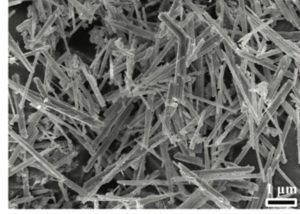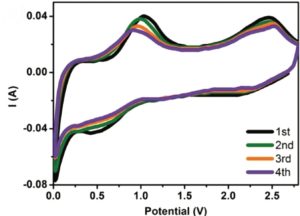Organized jointly by ChemComm and local institutes in China, the ChemComm symposia on energy science and materials consist of a series of one-day symposia to be held in three different cities ‒ Beijing, Tianjin and Dalian (please see the linked events below).

The theme of the symposia is energy science and materials, with a particular focus on sustainable energy and fuels, and will feature leading researchers from around the world.
Speakers at each symposium include leading international speakers and renowned scientists from institutions in China. These symposia are devoted to recent advances and new trends in energy science as well as interdisciplinary studies at its interfaces with other subjects, like new materials, nanotechnology, photocatalysis, CO2 conversion, photonics and biotechnology. The symposia are free to attend for all, however, we ask participants to register.
Together with our local hosts, ChemComm warmly invites you to take part in these symposia ‒ we look forward to welcoming you in Beijing, Tianjin and Dalian.
The standard registration deadline is set for the 17th September 2017. Please find out more for each event on the symposia’s respective websites.
ChemComm Symposia on Energy Science and Materials
|
||||
| Beijing Symposium 9 October 2017 Beijing, ChinaChaired by Professor Suojiang Zhang |
Tianjin Symposium 11 October 2017 Tianjin, ChinaChaired by Chem Soc Rev Advisory Board Member Professor Jinlong Gong |
Dalian Symposium 13 October 2017 Dalian, ChinaChaired by ChemComm Associate Editor Professor Can Li |
||
Meet our ChemComm Associate Editors Professor Amy Prieto and Professor Dan Gamelin, ChemComm Advisory Board Member Professor Douglas MacFarlane, and Nanoscale Associate Editor Dr Serena Corr at the symposia!
Our Deputy Editor Dr. Jeanne Andres will also be there at the conference. Ask her about ChemComm at the symposia!

















